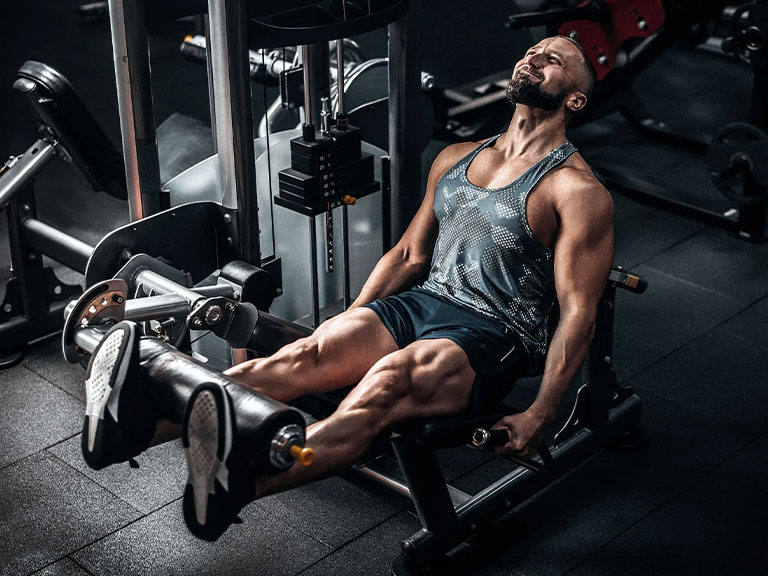
What This Planner Includes:
Squats, lunges, and deadlifts for strength, mass, and functional performance
Quad- and hamstring-focused variations for balanced leg development
Glute activation and posterior chain work to enhance stability and speed
Calf and ankle training for full lower body structure and control
Structured progressions for every level — from beginner to elite athlete
All information presented in this program is intended for general educational purposes only and shall not constitute or replace professional medical, exercise, or diet advice, treatment, or services. You must always consult your physician before beginning this or any other exercise program. Use of this program is at your own risk. We, the creators, performers, distributors, and producers of this program, disclaim any and all liability for any loss, damage, or injury in connection with any use of this program or the information presented herein. We do not make any express or implied warranties or representations of any kind with respect to this product or to the information presented herein.